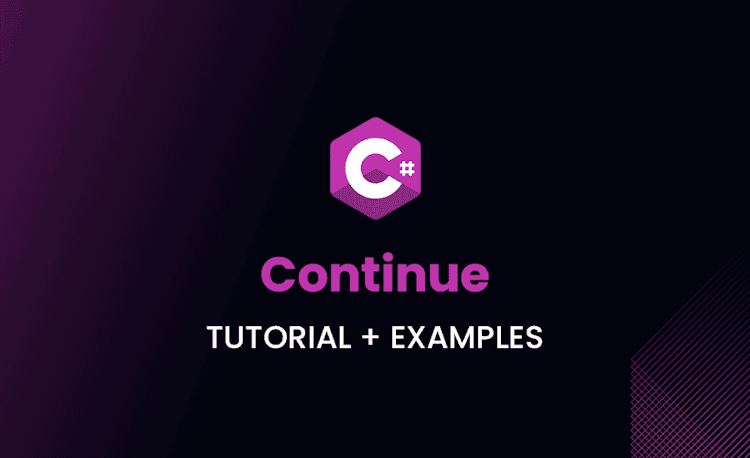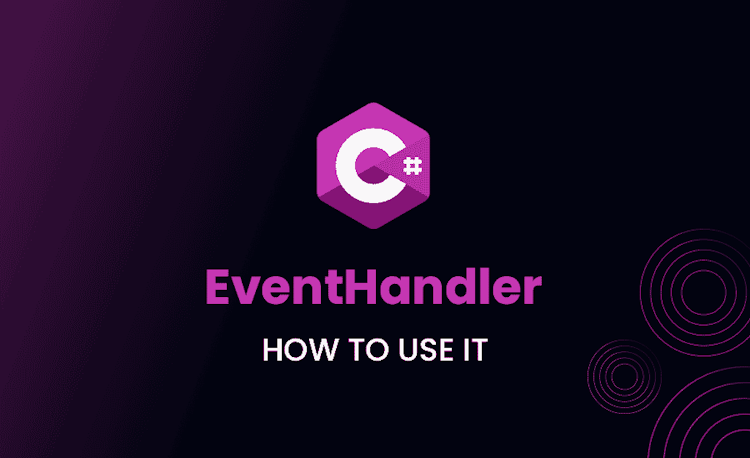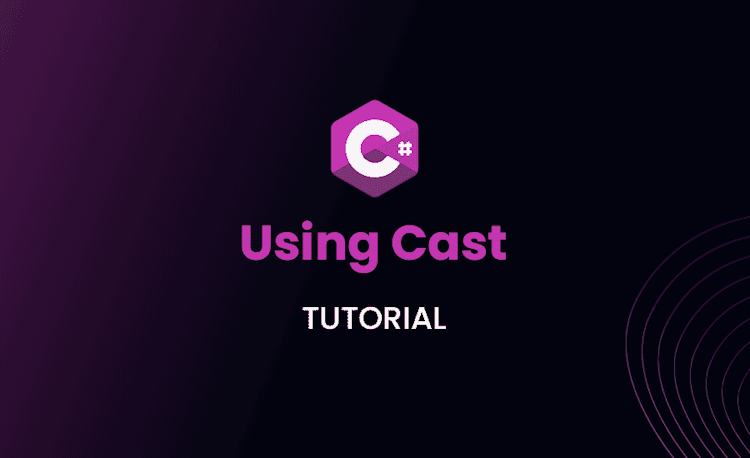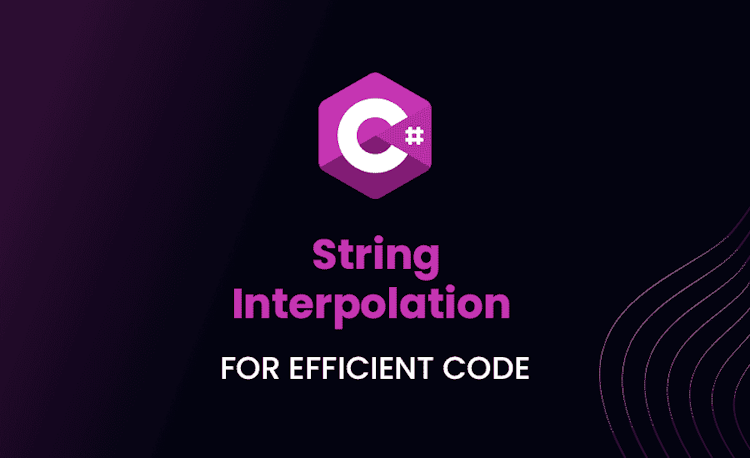Yield in C#: Usage + Examples
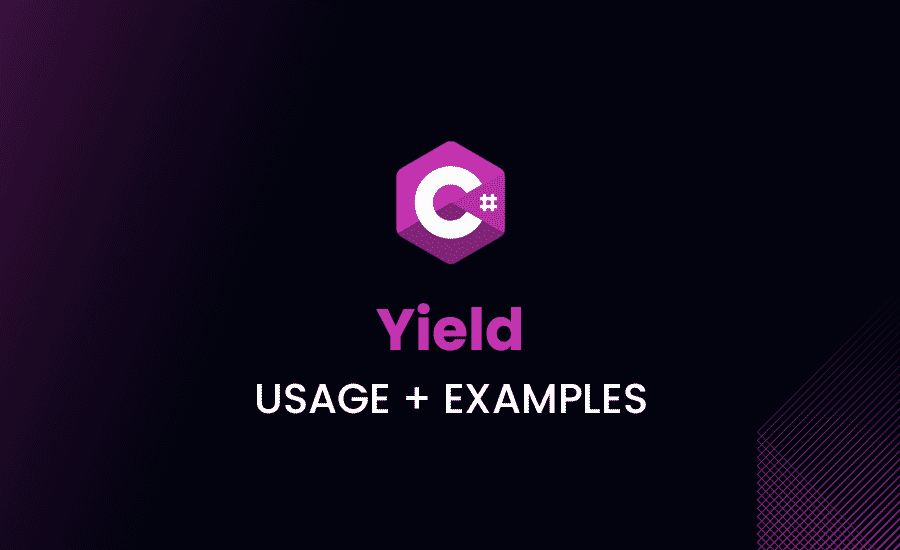
Delving into the inner workings of C#? Ready to get a grip on the concept of Yield? Brace up! We’re about to embark on a captivating journey that will take us deep into the heart of Yield in C#. This comprehensive guide will provide you with valuable insights and practical examples. Let’s get started!
Understanding Yield in C#
First things first. Before strapping in for a detailed exploration, let’s first clear up the basics. What is Yield in C#? What role does it play? How does the C# yield keyword function? Don’t worry, we’ll answer all these questions in this section.
What is Yield in C# and Its Purpose?
In simple terms, yield is a keyword in C# that acts as a mediator, enabling communication between a producer and a consumer. It is the expressway that bridges both sides, providing control over iteration in a collection or array.
Loading code snippet...
In the above example, without yield, we explicitly create a list and add values to it. However, with yield, C# handles this task more efficiently. Hold this thought, as we’ll be unraveling the efficiency of yield in the upcoming sections.
C# Yield Keyword: What Does It Do?
Now, you might be wondering, what does this yield keyword do exactly? Well, the ‘yield’ keyword intermediate by allowing methods to return single values at a time, rather than accumulating all items in a collection. Essentially, it converts a regular C# method into a state machine. Marvelous, isn’t it?
Loading code snippet...
In this alternative example, we’ve swapped the List in our previous function with yield return. This way, we can clean up our code, and yield takes care of returning the values one at a time.
Given this introduction, I’m pretty sure you’re now curious about getting deeper into yield. Well, fasten your seatbelts, as we’re cruising deeper into the world of Yield.
Deep Dive into the Detailed Use of Yield
Now that we’ve laid the groundwork, it’s time to delve into the depths and explore yield’s advanced uses and powerful features. Are you ready? Let’s dive in!
C# Yield Return: How and When to Use?
In C#, ‘yield return’ is like a conveyor belt at a bustling factory. It’s always ready to serve the next item. Except here, the conveyor belt is our iterator method, serving up its goods one by one.
Loading code snippet...
The above function yields all multiples of three between 0 and 30. Thanks to yield return, we only store and deal with one number at a time. Hence, it provides excellent memory performance.
C# Yield Return IEnumerable
How does ‘yield return IEnumerable’ boost our programming power? It’s just like a well-tuned orchestra — each piece integrates seamlessly, resulting in a symphony of efficient code.
Loading code snippet...
In this simple example, we used yield return with IEnumerable to return a collection of ages, one value at a time. This approach conserves memory and converts our method into an iterator.
C# Async Yield: Asynchronous Programming with Yield
When you use async keyword with yield, it’s like having an expert juggler juggle multiple items at the same time. It helps maintain balance while managing multiple tasks without dropping a single one.
Remember that the existing version of C# does not support ‘async yield’ directly. But don’t worry, libraries like ‘System.Interactive.Async’ provide avenues to perform async actions with yield using IAsyncEnumerable.
Loading code snippet...
In this example, we’re making use of the IAsyncEnumerable interface, which is essentially a blend of async methods and yield-based iterator methods. It’s important to remember, though, that using this technique will only be effective when you have a genuine need for streaming large datasets or managing long-running tasks.
Exploring Yield with Foreach Loop and Generators in C#
C#’s ‘yield’ can also prove quite beneficial when combined with foreach loop and generators. Think of a deck of cards. The yield acts as the card dealer, while the foreach loop and generators are the players ready to receive their cards one by one.
C# Foreach Yield: Iterating with Ease
In the realm of loops, foreach is the ruler. It provides a clean and readable structure to traverse collections. But, when combined with yield, it becomes a powerful tool, improving memory usage considerably.
Loading code snippet...
In the above example, we’re using the yield keyword to build an iterator function to get the even numbers between two integers. Then, we’re iterating over the output of the iterator function with a foreach loop. It’s a powerful combination that results in clean, memory-efficient code.
C# Generator Yield: Simplifying Sequence Generation
Like an automatic assembly line, the power of generators in C# is a sight to behold. ‘Yield’ allows generators to produce items as they are demanded, which results in significant memory savings and increases performance.
Loading code snippet...
In this example, we have a Fibonacci sequence generator. Instead of keeping the entire sequence in memory, we’re using yield to generate the sequence numbers when needed.
Yield within IEnumerable Context in C#
Just like a well-greased gear in a machine, yield return works seamlessly within the IEnumerable context. Let’s further explore how it shines in this context.
C# IEnumerable Yield:
The ICollection interface in C# is akin to a lead actor in a big-budget movie. It plays a pivotal role, being the basis for numerous collections in C#. Yield, on the other hand, is a crucial director, guiding and controlling the actors to perform at their best.
Loading code snippet...
In this example, GetEnumerator() will create a sequence from 0 to 10. As we call MoveNext(), it will resume where it left off, returning the next number in the sequence. Quite exquisite, isn’t it?
Yield Break and Yield Continue in C#: Usage and Differences
Yield return isn’t the only star of the show. Let’s shed some light on its siblings – Yield Break and Yield Continue.
C# Yield Break: How and When to Utilize?
Yield break plays a decisive role in your C# programming toolkit. It’s an umpire who can end the game. This results in no more values being produced by the iterator.
Now, onto some code to understand the magic of ‘yield break’.
Loading code snippet...
Excitedly enough, the ‘yield break’ statement in the above example blows the final whistle once ‘i’ equals 5. So, the GetNumbers() function returns a sequence from 1 to 4, and no more.
C# Yield Continue
Hold your thoughts! C# doesn’t support a yield continue statement. It’s a common misconception due to ‘yield break’ and ‘yield return’. However, the concept of “skipping to the next iteration” can be achieved with the help of ‘continue’ keyword with loops.
Loading code snippet...
This function returns all odd numbers between the start and end parameters. When an even number is encountered, ‘continue’ is used to skip that iteration and proceed to the next one, thereby simulating the concept of ‘yield continue’.
Practice with Yield in C#: Coding Examples
All the talk about conceptual clarity may put you in the state of the curious cat, itching to see some practical applications of yield. Worry not, because this section is specifically tailored for you.
C# Yield Example: Practical Code Samples
Let’s hop on the programming express once again and visit the landscapes of practical code examples.
Loading code snippet...
Here, we have a function generating powers of 2 up to a specific exponent. As usual, the term ‘yield return’ does the magic, serving each power of 2, one at a time.
Optimizing Yield for High Performance in C#
Up for some high-octane car racing? When it comes to optimizing ‘yield’ for high performance, think of it as the pit stop crew tirelessly tuning your C# supercar for the best performance.
C# Yield Performance: Tips and Tricks for Optimization
Just as heating your food properly ensures a magnificent meal, you need to stew your yield functions correctly for optimal performance. Here are a few tips:
- Make sure to use yield where there is a genuine need, mainly where you have to deal with large collections or memory-intensive operations.
- Be mindful while using yield with recursive functions. It can cause performance degradation if not used judiciously.
Common Issues Related to using Yield in C#
Ever had an unexpected result or an error while working with yield in C#? It’s like being on a treasure hunt but finding a camouflaged obstacle instead. Remember, though, every problem comes with a solution, and it’s the same with yield. Yet, what if the enumeration yielded no results?
Enumeration Yielded No Results in C#: SQL and How to Fix It
Ever wished to have a superhero swooping in and fixing your errors? Behold, that’s just what this section is about.
Loading code snippet...
In this example, we’re querying a SQL database, which unfortunately yielded no results. However, by using ‘yield break’, we handled the error with the elegance of a professional dancer!
Conclusion of Yield in C#
Time flies so fast! But hey, we’ve done it! Together, we’ve ventured deep into the jungle of yield in C#, slicing through its intricacies with the machete of understanding. Whether it’s the initial foray, exploring the powerful features of yield, or navigating around common pitfalls, we’ve traversed it all.
Remember, mastering ‘yield’ opens up a whole new world of possibilities that can help you create more efficient, clean, and memory-performant C# code. So always carry this guide in your backpack of programming knowledge, and let the spirit of C# course through your veins. Happy coding, folks!
